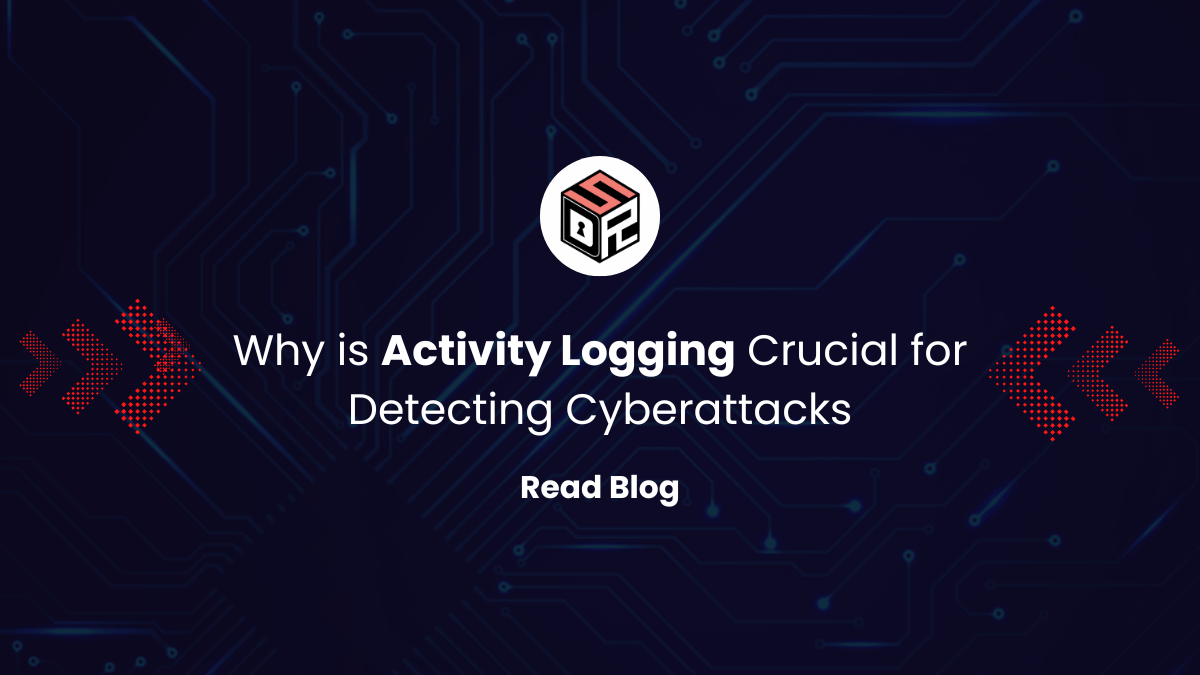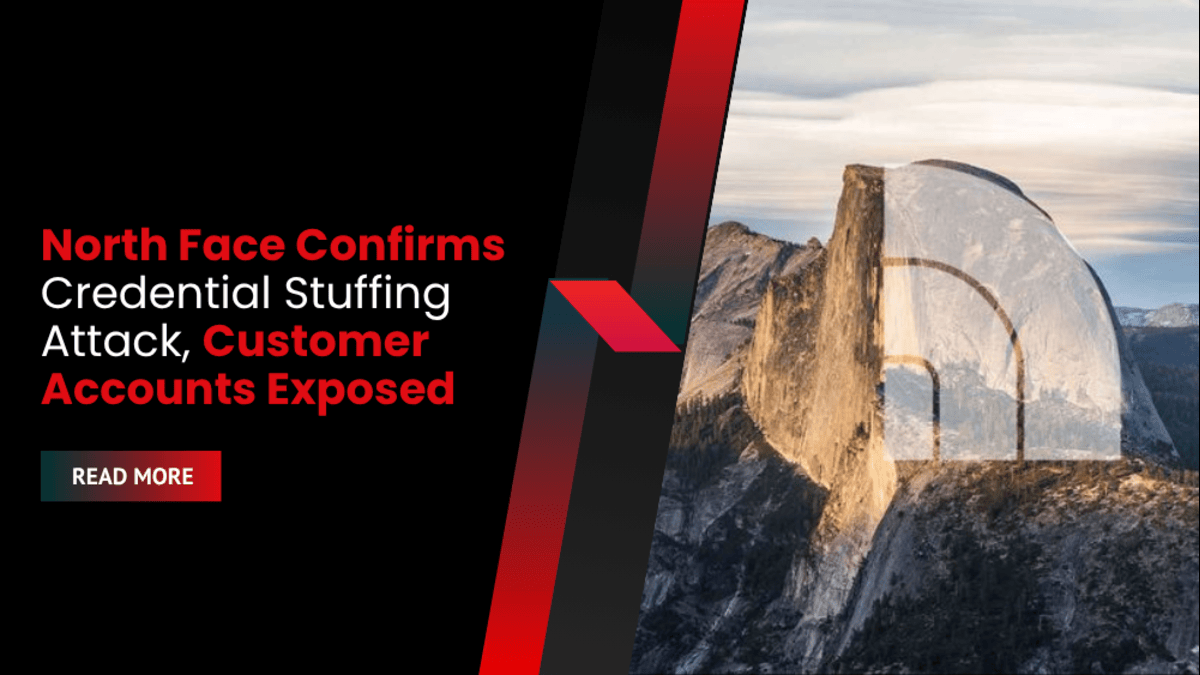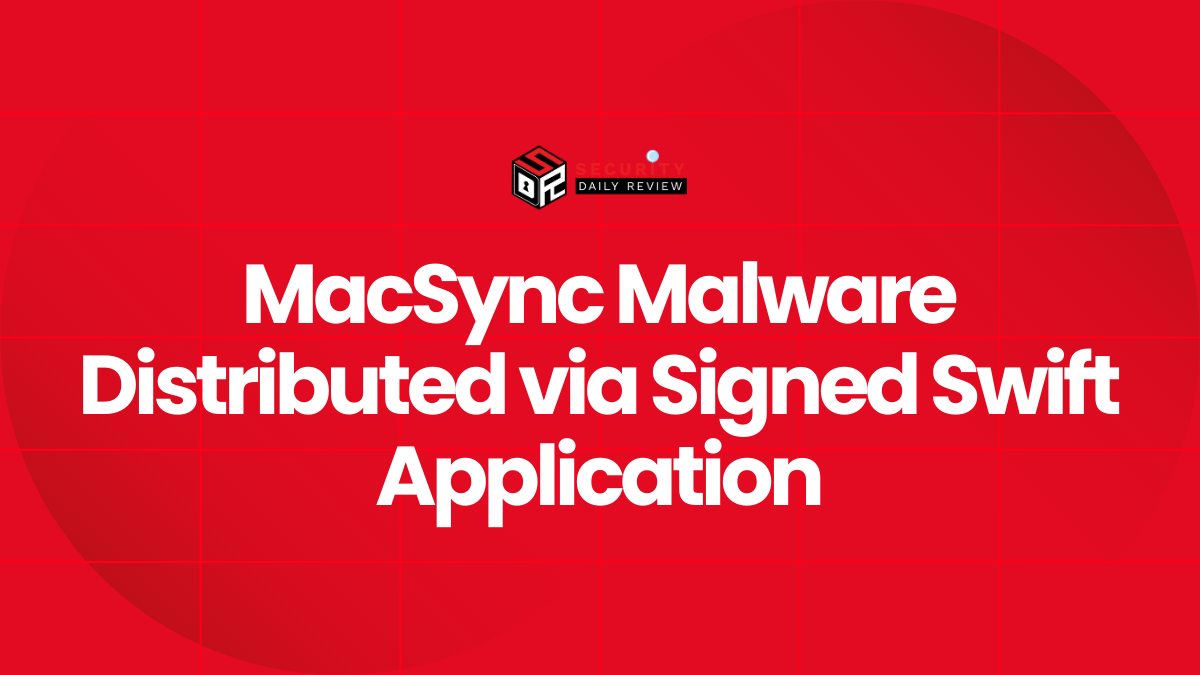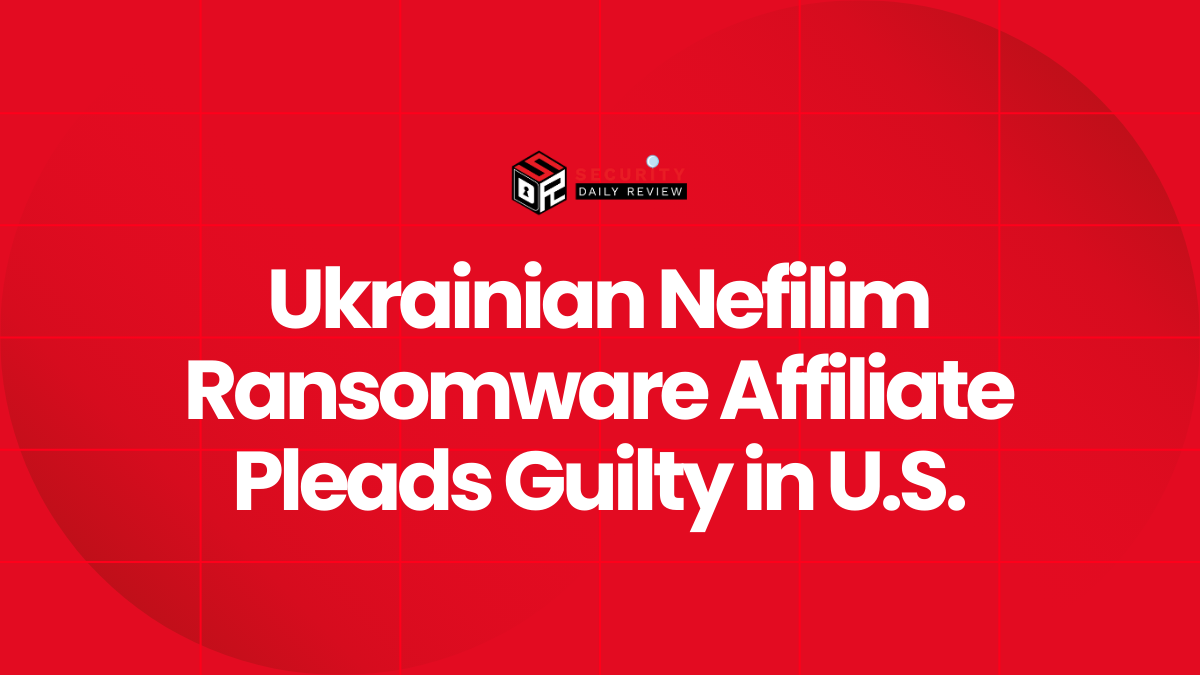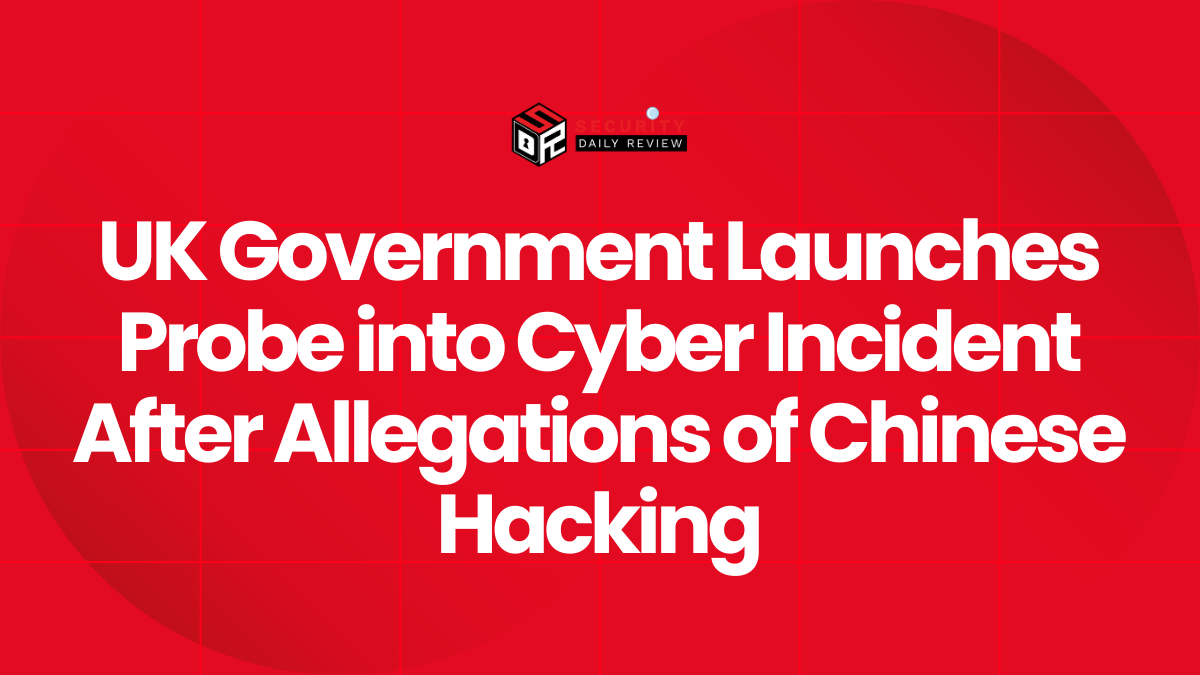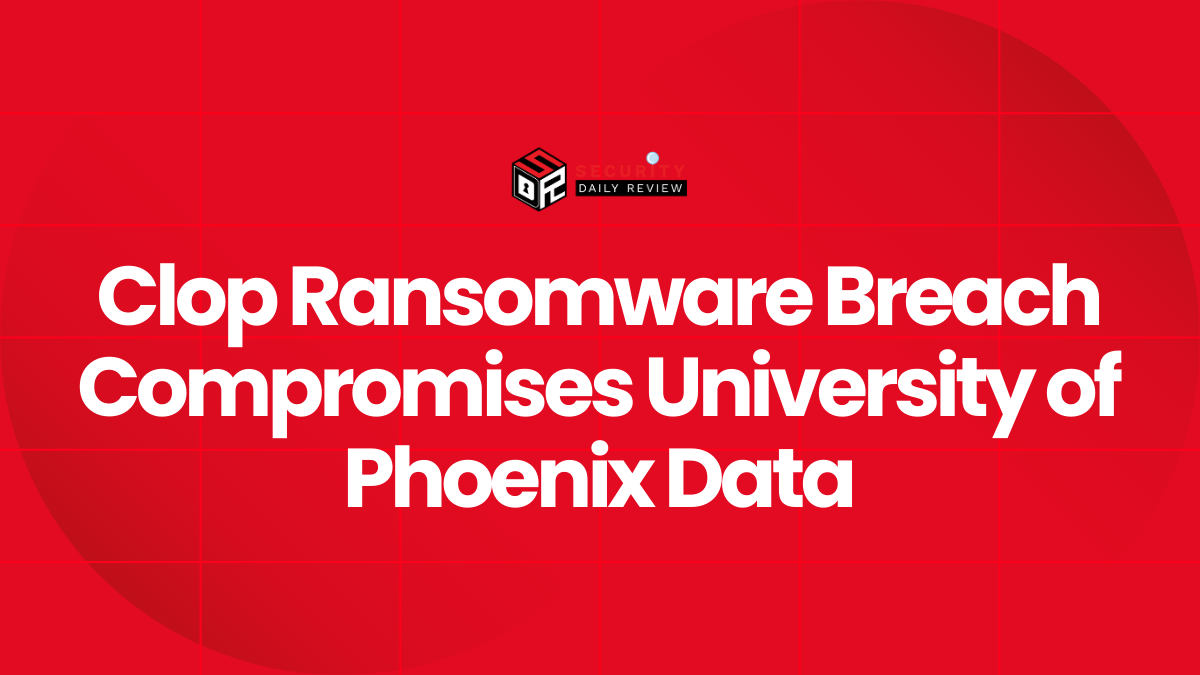Activity logging is often overlooked—but it is one of the most critical pillars of an effective cybersecurity strategy. It refers to the collection and monitoring of detailed records that track system, network, user, and application behavior across an organization’s infrastructure.
In essence, every login attempt, permission change, file modification, and network request leaves a digital fingerprint. When these are logged consistently, security teams can use them to detect malicious behavior early. Without them, attackers move silently, and threats remain invisible.
The IBM 2024 Cost of a Data Breach Report revealed that organizations with robust security logging and alerting capabilities had breach lifecycle reductions of over 100 days and saved more than \$1.5 million on average. This underscores how crucial logs are in identifying and neutralizing threats before they spiral out of control.
Why Activity Logging Matters for Cyberattack Detection
Cyberattacks rarely occur in a single action. They often start with subtle activity: a phishing email that grants access, followed by privilege escalation, lateral movement across systems, and eventually data exfiltration. Without logs, this entire sequence goes unnoticed.
With well-configured logging in place, these steps leave a trail:
- A failed login from an unknown IP
- An unauthorized admin privilege escalation
- A connection to an external command-and-control server
- A mass export of sensitive files
Each of these indicators on its own may not trigger an alert—but when correlated across logs, they reveal a pattern. That’s the foundation of log-based threat detection. And when integrated into a SIEM or an extended detection and response (XDR) platform, logs become even more powerful, enabling real-time anomaly detection and automated responses.
What Kinds of Logs Are Most Valuable
Not all logs are equal in value or visibility. Security teams prioritize certain types of logs because of the forensic and analytical insights they provide.
Here are some of the most useful logs for threat detection:
- System and OS logs: Help detect unauthorized changes and privilege use
- Authentication logs: Show failed/successful logins, SSO, and MFA activity
- Application logs: Track user behavior, API calls, admin actions
- Network traffic logs: Reveal inbound/outbound flows, including data exfiltration
- Cloud provider logs: Such as AWS CloudTrail or Azure Monitor for cloud service events
- Endpoint detection logs: Capture local events like process spawning and file execution
Aggregating these into a central SIEM (e.g., Splunk, IBM QRadar, or Microsoft Sentinel) allows security analysts to correlate events and prioritize true threats over noise.
Can Logging Detect Insider Threats
Yes, and often it’s the only way to do so. Insider threats—whether malicious or negligent—are harder to detect than external ones because they originate from valid credentials.
However, logs can expose suspicious behavior such as:
- Accessing large volumes of sensitive data outside working hours
- Using unauthorized tools or disabling security settings
- Repeatedly accessing systems outside one’s department
- Attempting to download or email confidential files
According to a Verizon Data Breach Investigations Report (DBIR), over 22% of breaches involved insider actions. Logging and behavior analytics remain the best line of defense for catching these threats early.
Does Logging Help Detect Zero-Day Exploits
Logging cannot prevent zero-day exploits, but it plays a crucial role in early detection and response. When a previously unknown vulnerability is exploited, the initial trigger may be invisible—but the aftermath is not.
Logs can reveal:
- The spawning of unusual processes
- New services being created
- Unexpected outbound connections
- Activity from unusual accounts or geographic regions
In the SolarWinds Orion attack, poor logging practices delayed discovery and hindered investigators. If detailed logs had been available across affected networks, signs of compromise would likely have been caught earlier.
Is Activity Logging Required for Compliance
Absolutely. Activity logging is a compliance mandate across nearly every regulatory framework:
- HIPAA requires access logs and audit trails for all protected health information (PHI)
- PCI DSS mandates logging for all system components involved in cardholder data storage and transmission
- SOX requires audit trails to ensure financial systems have not been tampered with
- GDPR recommends logging as part of data protection accountability and breach response
Failure to retain logs not only makes it difficult to pass audits—it also increases liability during security incidents, as organizations cannot demonstrate due diligence.
What Happens if Logging is Absent
The absence of logging leaves organizations completely blind. Breaches may go undetected for weeks or months, as there’s no visibility into abnormal activity. Incident response becomes guesswork. Compliance audits fail. Forensics are impossible. Recovery is delayed. And ultimately, data loss is more likely and more expensive.
In many major breaches, from Equifax to Target, one of the root failures was insufficient or fragmented logging. The lesson: if you don’t log it, you can’t protect it.
How Long Should Logs Be Retained
Retention policies depend on industry and risk level, but general recommendations include:
- 1 year minimum for PCI DSS
- 6 years or longer for HIPAA-regulated entities
- 7 years in some financial and public sector environments
- At least 3–6 months of logs should be “readily accessible” for incident response
Keeping logs for extended periods enables better detection of slow-moving advanced persistent threats (APTs), which often remain hidden for months.
Best Practices for Logging and Threat Detection
To maximize the benefits of activity logging, organizations should:
- Centralize all logs in a secure, tamper-proof SIEM platform
- Enrich logs with context (user identity, device, location) to enable better detection
- Apply machine learning or behavior analytics to flag anomalies
- Test log completeness and integrity regularly
- Automate alerting and response workflows to reduce mean time to detect and respond (MTTD/MTTR)
Properly implemented, logging becomes the first signal that something is wrong—and the foundation of your entire cybersecurity response.
Conclusion
Activity logging is the cornerstone of proactive cybersecurity. It empowers teams to detect and respond to threats with precision, catch insider missteps before they become disasters, and remain compliant in an increasingly regulated world. Without it, security is blind; with it, organizations can move from reactive to resilient.
As attack surfaces grow and threats become more persistent, logging is no longer a secondary control—it’s a primary defense.

